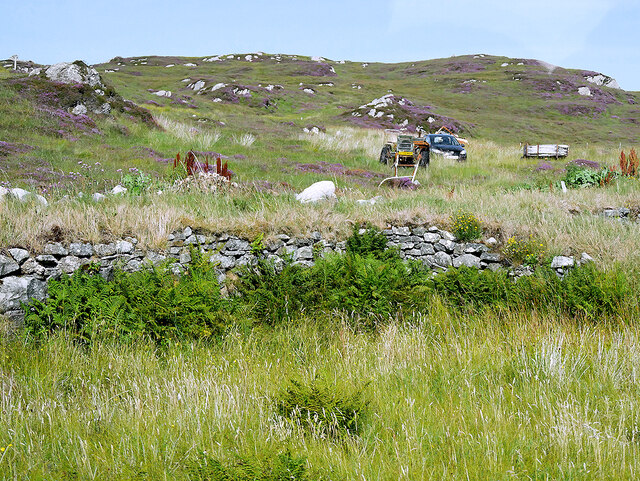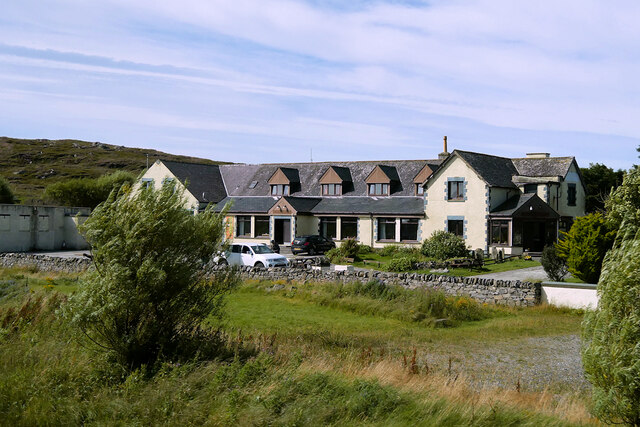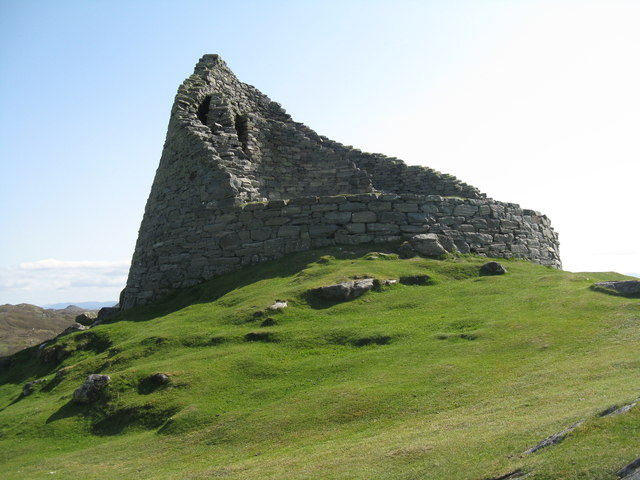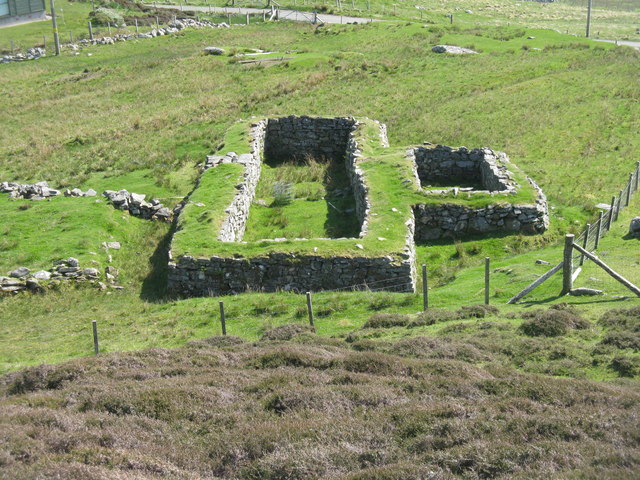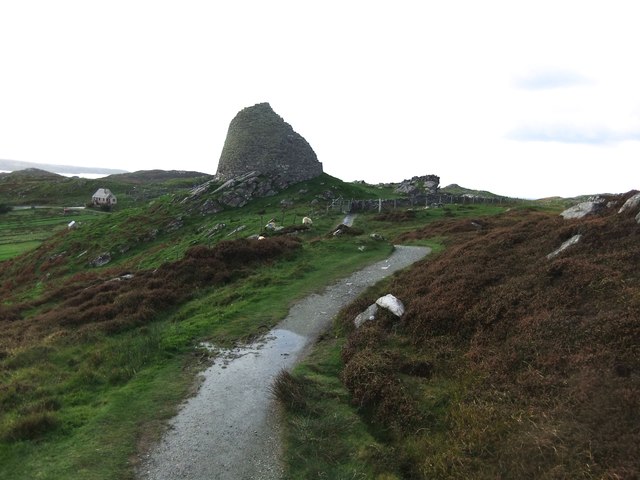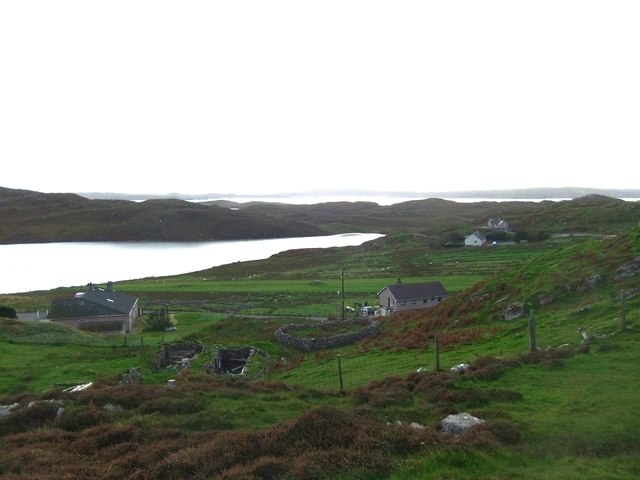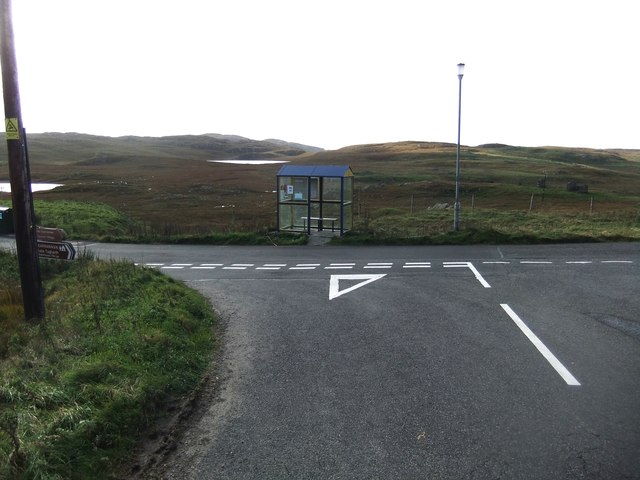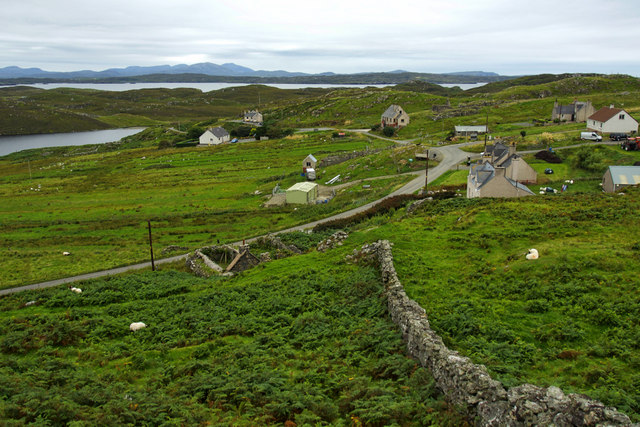Beinn Lobheir
Hill, Mountain in Ross-shire
Scotland
Beinn Lobheir
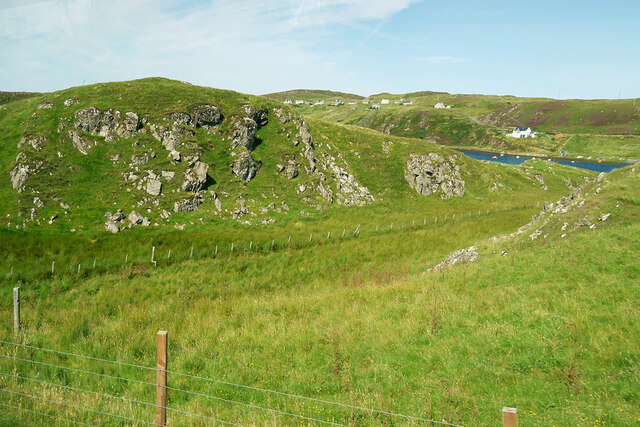
Beinn Lobheir is a prominent hill located in Ross-shire, a county in the Scottish Highlands. Rising to a height of 762 meters (2,500 feet), it is categorized as a Corbett, which refers to a Scottish mountain between 2,500 and 3,000 feet in height.
Situated in the remote and picturesque surroundings of the Northwest Highlands, Beinn Lobheir offers stunning panoramic views of the surrounding landscape. Its location near the coast provides visitors with the unique opportunity to enjoy both mountainous and coastal scenery simultaneously. On clear days, the hill offers breathtaking vistas of the nearby Loch Broom, the Summer Isles, and the Assynt mountains.
The ascent of Beinn Lobheir is a popular choice for hillwalkers and climbers due to its relatively easy accessibility. There are several well-defined routes to reach its summit, and the terrain is generally not too challenging. The most common starting point is the village of Ullapool, located approximately 12 kilometers (7.5 miles) to the southeast. From there, the path traverses through moorland and heather-covered slopes, gradually gaining height until reaching the summit.
The hill is also home to a diverse range of flora and fauna, including various species of birds, deer, and mountain hares. The lower slopes are covered in native woodland, while the higher reaches are characterized by rugged and exposed rock formations. These natural features make Beinn Lobheir an attractive destination for nature enthusiasts and photographers alike.
Overall, Beinn Lobheir offers a rewarding outdoor experience for those seeking to explore the beautiful Scottish Highlands, providing stunning views, accessible hiking routes, and a rich natural environment to discover.
If you have any feedback on the listing, please let us know in the comments section below.
Beinn Lobheir Images
Images are sourced within 2km of 58.276108/-6.7726714 or Grid Reference NB2041. Thanks to Geograph Open Source API. All images are credited.
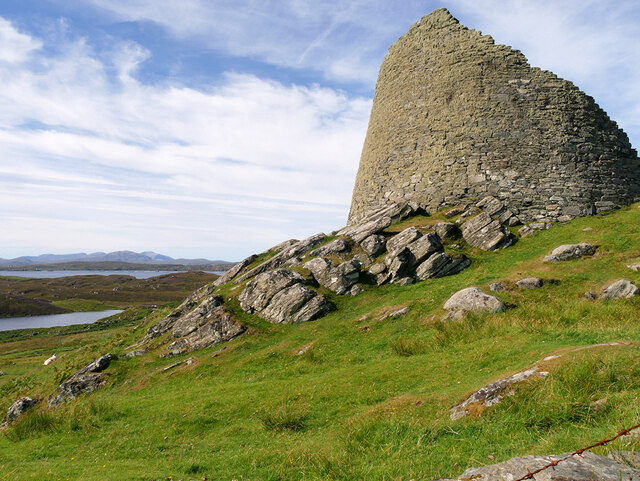
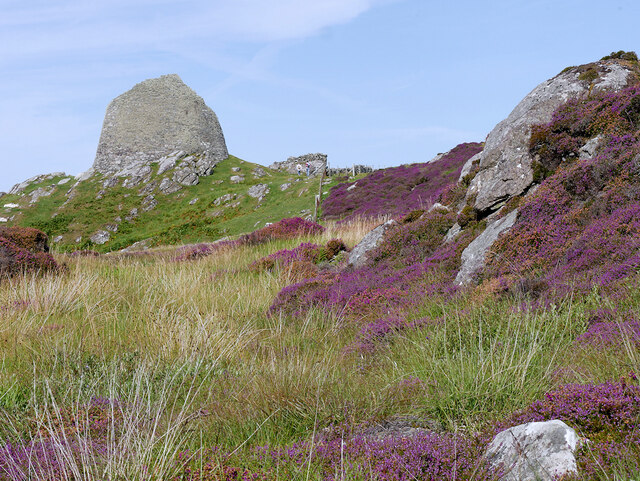
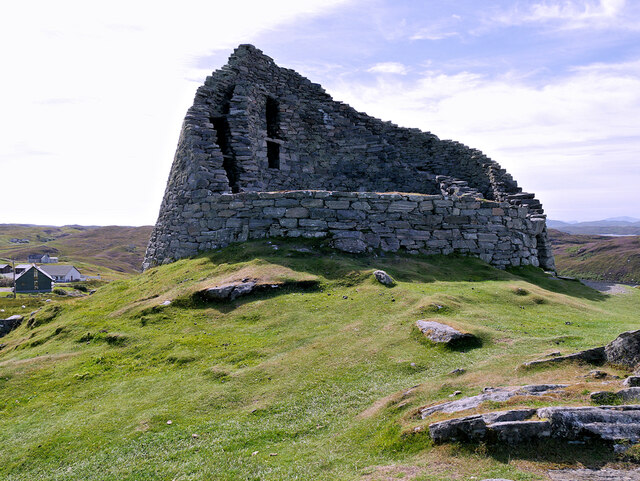
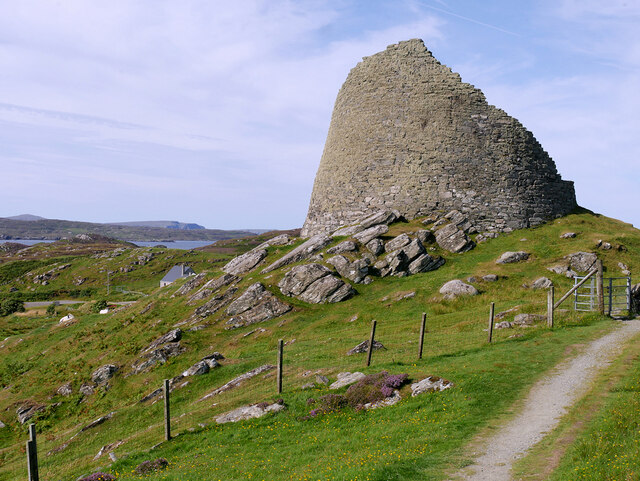
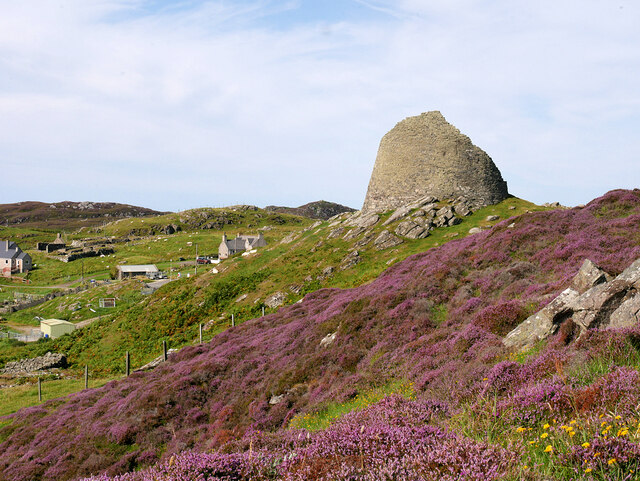
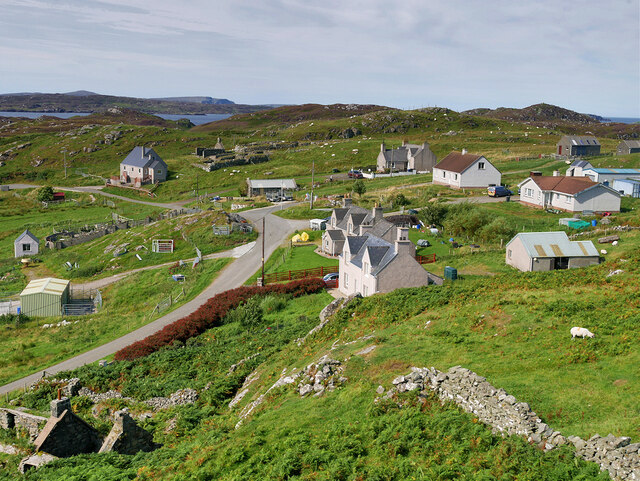
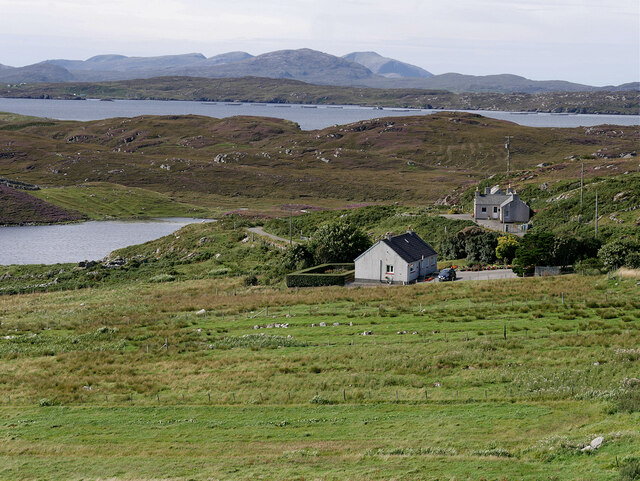
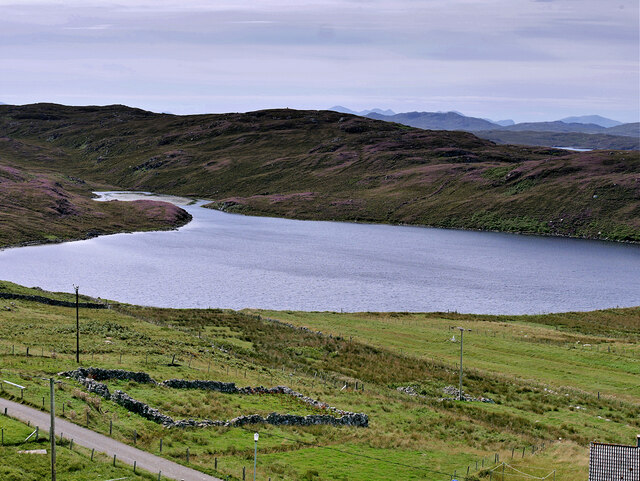
Beinn Lobheir is located at Grid Ref: NB2041 (Lat: 58.276108, Lng: -6.7726714)
Unitary Authority: Na h-Eileanan an Iar
Police Authority: Highlands and Islands
What 3 Words
///tropic.electric.eternally. Near Carloway, Na h-Eileanan Siar
Nearby Locations
Related Wikis
Carloway
Carloway (Scottish Gaelic: Càrlabhagh [ˈkʰaːɾɫ̪ə.ɤː]) is a crofting township and a district on the west coast of the Isle of Lewis, in the Outer Hebrides...
Borrowston, Lewis
Borrowston (Scottish Gaelic: Borghastan), with a population of about 50, is a crofting township situated on the Isle of Lewis, on the Outer Hebrides of...
Dun Carloway
Dun Carloway (Scottish Gaelic: Dùn Chàrlabhaigh) is a broch situated in the district of Carloway, on the west coast of the Isle of Lewis, Scotland (grid...
Garenin
Garenin (Scottish Gaelic: Na Gearrannan) is a crofting township on the west coast of the Isle of Lewis in the Outer Hebrides of Scotland. Garenin is in...
Nearby Amenities
Located within 500m of 58.276108,-6.7726714Have you been to Beinn Lobheir?
Leave your review of Beinn Lobheir below (or comments, questions and feedback).
